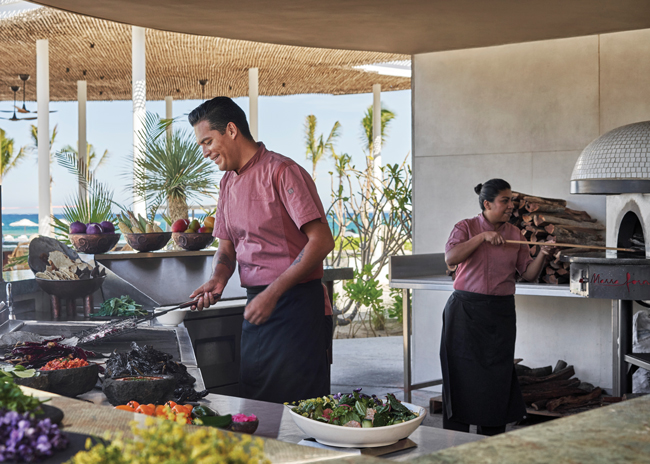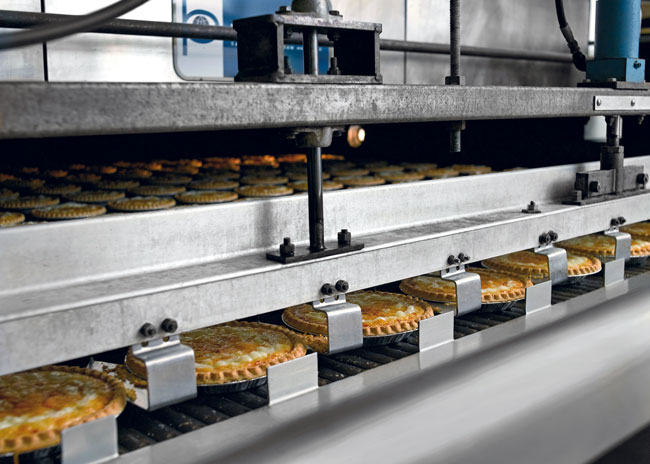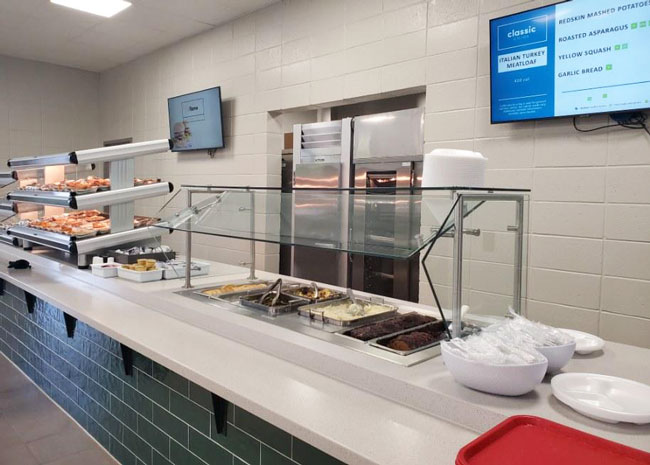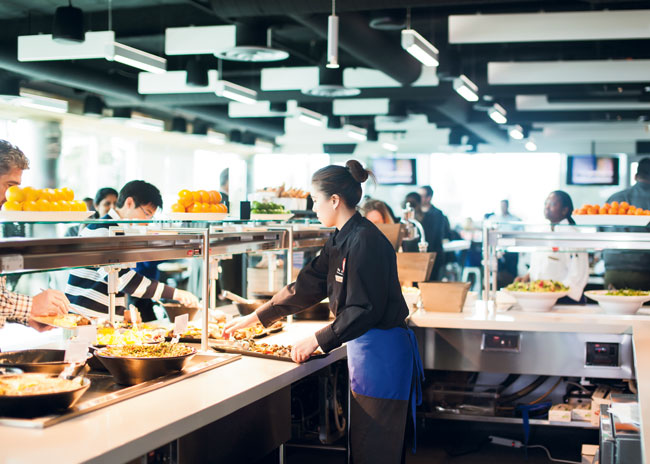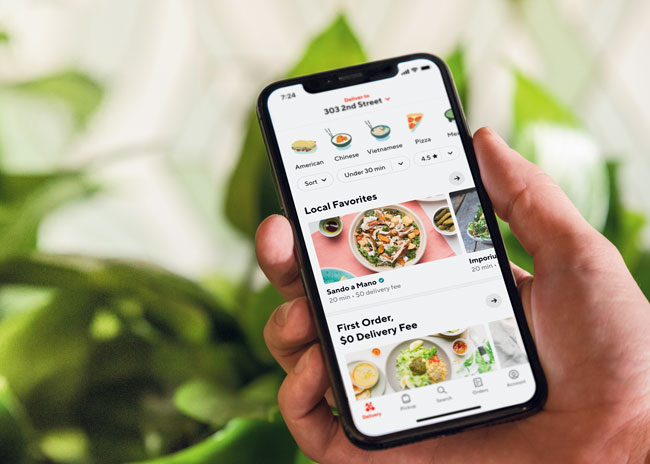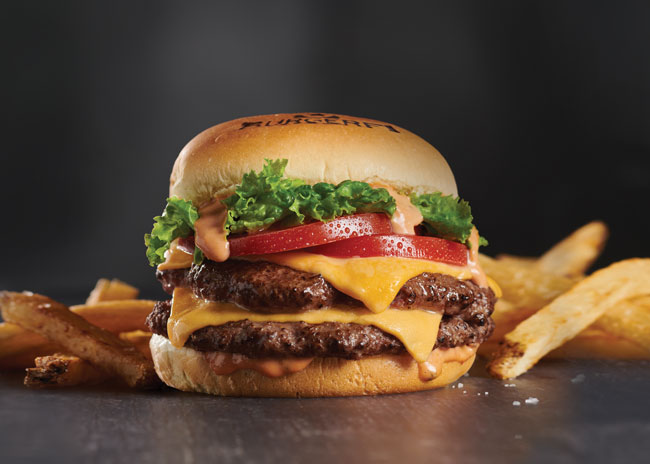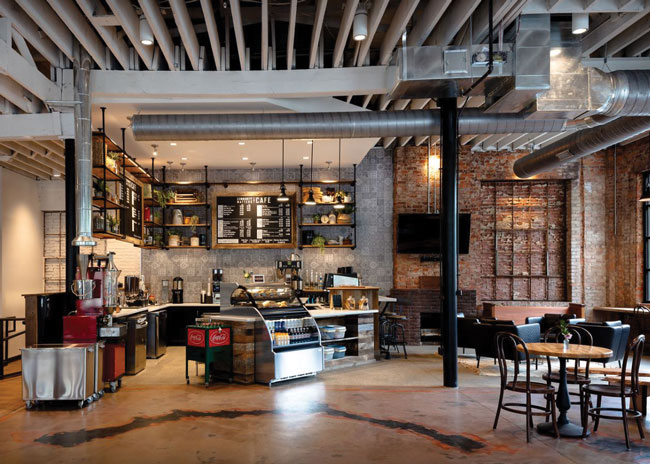Outdoor commercial kitchens can be profit centers, although they don’t come without numerous hurdles.
A symbol of Americana, pies represent the third-most common dessert offerings on restaurant menus today, after cakes and cheesecakes, according to Chicago-based Datassential.
Talk to any foodservice designer right now and you’ll hear them talk about the same ongoing challenge: dealing with lingering supply chain issues caused by the pandemic.
Five kitchen experts weigh in on the most pertinent equipment pieces for today’s kitchens.
Since the pandemic, takeout orders have been skyrocketing in the restaurant industry. This includes not just quick-service operations but also fast casual and even fine dining. And, of late a growing number of noncommercial operators, like healthcare, college and even corporate foodservice, allow customers to order ahead and pick up their food.
The K-12 sector — like others in the foodservice industry — has had a rough go this past couple of years as the pandemic continues. During the height of school closures, foodservice directors have had to think through big-picture changes to improve the safety of their operations, while aligning with future goals to offer the students of tomorrow a wider variety of delicious, nutritious food.
Five concepts show that remarkable operators can make it through the toughest challenges thanks to a focus on what makes them stand out and a willingness to adapt when the situation demands it.
The last two years have brought major disruptions to the restaurant and foodservice industry —for better or for worse.
Taking a brief hiatus during the pandemic, self-serve hot bars are coming back with design tweaks geared for more hygienic use.
Three years ago, no one would have been able to tell you what a virtual foodservice brand was or what it was for. Today, many people still do not know. And yet, virtual brands continue to pop up all over the industry — so much so that they can be considered their own market segment.
Shifting demographics, ingredient challenges and pricing impact fine-dining restaurants.
Burgers serve as a staple on many restaurant menus but have received an overhaul by way of more premium meat blends and upscale toppings. Using high-end meat, such as wagyu, is one of the most favored megatrends among consumers, with more than 40% expressing interest, according to Chicago-based Datassential.
Road-tested strategies for last-mile success.
Coffee and its offshoot drinks are a cultural staple. Americans drink 400 million cups of coffee per day, making the U.S. a leader in consumption of this beverage. New York-based IBISWorld reports there are 63,630 coffee and snack shops in the U.S. as of 2021, an increase of 2.6% from 2020.
With New York City now introducing electrification mandates in the name of sustainability, the electric kitchen may come up in more conversations.
Green initiatives continue to generate notice among consumers.

